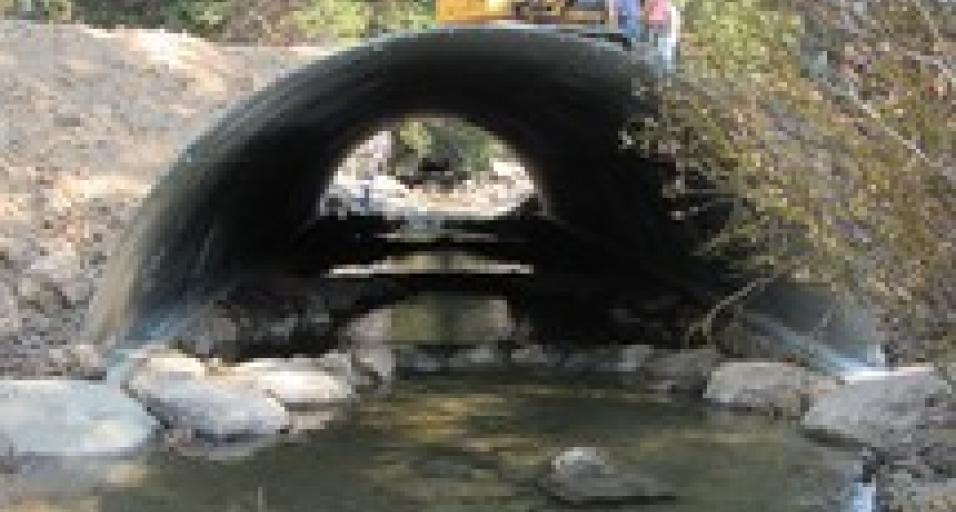How far did you travel to fish last weekend? In some areas of Wyoming, the fish journeyed just as far to their ideal water. The Cowboy State’s finned residents are among thousands of species of fish worldwide that migrate, and those movements are celebrated this week on World Fish Migration Day.
World Fish Migration Day, observed on Oct. 24, is a one-day global celebration to create awareness on the importance of free flowing rivers and migratory fish. In Wyoming, the Game and Fish Department recognizes the importance of connected waters for fish and invests in fish passage projects with public and private partners.
“It’s important to keep Wyoming’s streams connected. Fish passage helps design stream improvements to remove blockages for fish that migrate for spawning, habitat and food,” said Nick Scribner, Game and Fish fish passage biologist.
Ensuring fish can swim freely is important for the overall population’s health and genetic diversity, too. In some places, blockages from modern developments limit or prevent fish movement. Man-made obstacles to fish movements include diversion dams, impoundments, weirs, culverts and other road crossings. Game and Fish reestablishes aquatic routes and removes blockages for fish, and that helps them stay on the move.
“For many fish species, long-term population viability depends on access and movement up and downstream,” Scribner said. “If a passage is cut off, it can block fish from their spawning habitat and that can impact their populations in that water.”
Fish biologists have been surprised by how far some fish travel. In 2009, a study near Dubois documented a Yellowstone cutthroat trout traveling 27 miles in just over two months. In 2011, an angler caught a channel catfish on the Yellowstone River near Billings, Montana, after it traveled 415 miles from lower Clear Creek in northeast Wyoming where it was tagged in 2007.
Not all fish travel huge distances. Some homebodies never leave their original waters or move very little. Scribner said the younger the fish, the less likely they are to voyage far.
“It’s all about the resources. We want to be sure fish can get to where they need, and if there is a connected watershed, that is good for fish,” Scribner said.
Occasionally, fish will make their way to places Game and Fish doesn’t want them because they could compete for resources with other species. In those cases, biologists will consider constructing a fish barrier to block their movement.
Wyoming has about 20,000 miles of perennial streams distributed among 14 major hydrologic basins and has 49 native fish species and 29 introduced fish species. For more information on World Fish Migration Day visit www.worldfishmigrationday.com.
Amazing Wyoming fish migrations celebrated in October



